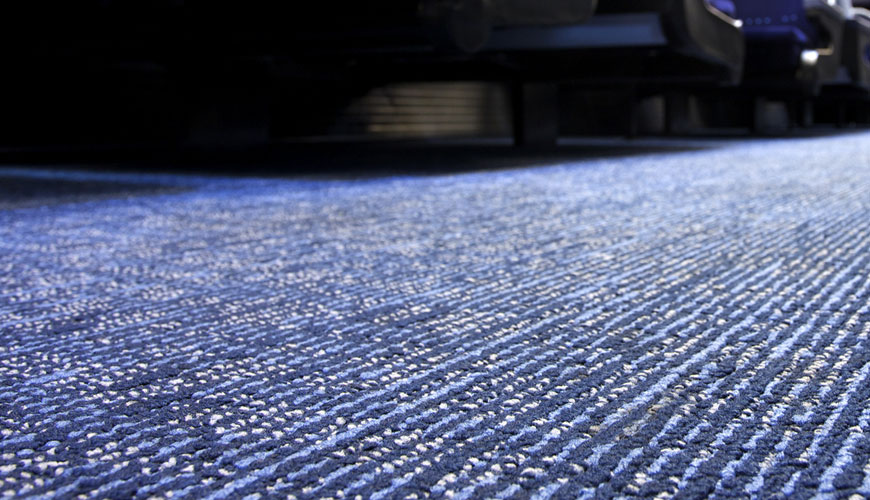

EUROLAB, with its state-of-the-art accredited laboratories and expert team, provides precise and fast testing services within the scope of DIN 54345-4 testing. The method described in this standard determines the electrostatic charge of flexible textile flat structures (eg woven fabrics, knitted fabrics, fleece) as they rub against different friction partners. The test method cannot be applied to hard, thick materials (eg textile floor coverings). DIN 54345 Part 2 and Part 3 will be used to test the electrostatic charge on textile floor coverings.

In practice, the charge of a material is determined by both its chargeability and its ability to discharge through the material's resistance. To evaluate the electrostatic behavior of a material in most cases, the resistive flux predominates, in addition to the charge, the surface resistivity ROT according to DIN 54345 Part 1 and the volume resistivity RDT or the resistivity RST according to DIN are measured. The measurement can be determined according to the current standard 54345 Part 5.
Electrostatic charge, in the sense of this standard, is the charge that occurs when a friction partner rubs against the sample. After a sufficient period of storage at low relative humidity, Meg samples in strip form are drawn from a rubbing device whose friction surfaces are coated with a friction partner. After rubbing, the Megprobe is placed in a Faraday cup whose voltage is measured. The separated charge is calculated from this voltage and the known capacitance of the Faraday cup.
The capacitance C of the Faraday cup, in which the voltage meter is connected to ground, is measured with a suitable capacitance meter. The frequency of the measuring voltage should not be higher than 1 kHz. This measurement should be made regularly but should be repeated after every change in test equipment.
The capacity of test equipment can also be affected by the environment (eg people within the shaft or earthed objects). If the tester is used in a different environment, the capacity must therefore be redetermined.
EUROLAB assists manufacturers with DIN 54345-4 test compliance. Our test experts, with their professional working mission and principles, provide you, our manufacturers and suppliers, the best service and controlled testing process in our laboratories. Thanks to these services, businesses receive more effective, high-performance and quality testing services and provide safe, fast and uninterrupted service to their customers.
To get an appointment, to get more detailed information or to request an evaluation, you can ask us to fill in our form and reach you.